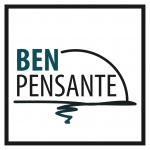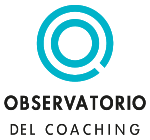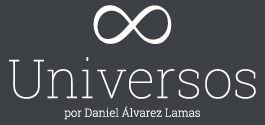Taking CDF into the lower left and right wilber quadrants in work with groups 2/3
Transfer of CDF to the Lower Left and Lower Right Wilber Quadrants
Let’s now think about applications whose focus, in terms simply of content, resides in the lower Wilber quadrants. How would we bring to bear on these vast content worlds, and the discussions they engage, the four moments of dialectic and their associated thought forms?
I think that the work of IDM graduates Brendan Cartmel, Jan DeVisch, Rainer von Leoprechting shows the way for such an expansion of the IDM curriculum and activity more generally.
***
Brendan Carmel’s important work lies in the field of socio-drama, an established form of “group therapy” in which a protagonist playing a specific role engages participants in changing their adopted social-emotional as well as cognitive stances. Brendan rightfully notes that IDM presently has no means of creating a specific learning environment, outside of its case study cohort work in which developmental findings about clients are discussed and feedback to clients becomes a topic.
Following W. Bion, Brendan suggests the following encapsulation of ways of thinking for work with groups using CDF (private communication, 2013):
| Phase of Cognition | Interlocutor Capacity |
| Association (= Common Sense) |
Choosing good combinations of associationsUnderstanding
Choosing which associations are appropriate and stable and reliable and repetitiveReasoning
Choosing which logics to apply whenDialectic
Choosing which emergent patterns of the above and which TFs provide for sustainable development in respective complex environs
Brendan, like Bhaskar, sees coaching and socio-drama as EMANCIPATORY PROJECTS. I would agree that such projects are the true core of work done and taught at IDM.
He suggests that since a socio-dramatist who works with CDF can freely choose a position from which to start a remediation process – which, essentially, could also be a hosting process like that employed by Rainer von Leoprechting or a “consulting” process used by Jan DeVisch – s(he) can direct a group to focus attention (and information) in a way that leads toward using the four moments of dialectic and their associated dialectical thought forms, as indicated in the table above.
***
In my view, both Jan DeVisch and Rainer von Leoprechting proceed quite similarly.
In the latter part of his book “Leadership: Mind(s) Creating Value(s)”, Jan De Visch, influenced by O. Scharmer, presents DTF as a tool for teaching groups to lead “from the emerging future” (Scharmer/Kaufer, 2013).
Thinking that “we can only be wise together” (p. 127), Jan is trying to trace the core concepts in an organization’s mind, believing that “surfacing the core concepts is a first step to address what is present and not (yet) present” in a group’s thinking (p. 131). For him, this procedure leads to “creating co-sensing spaces to practice the open system’s eye” (p. 133), and leads to the de-fixation of thinking in four steps related to DTF (p. 135), starting from the rule of “let’s agree that nobody holds the truth”):
- Looking at emerging change to do identify what is not there (i.e., absences)
- Looking at context to see the “big picture”
- Looking at common ground to quest the understanding of relatedness of different elements and their coherence
- Looking at transformational systems to concretize the need to act in a world of systems of limited durability/feasibility.
In this approach, Jan sees DTF as a way of engaging in disruptive reflection by which prevalent trains of thought are de-fixated in a group’s conversation (p. 135). It seems to me that his approach shares Brendan’s telos, indicated above, of launching an emancipatory project.





